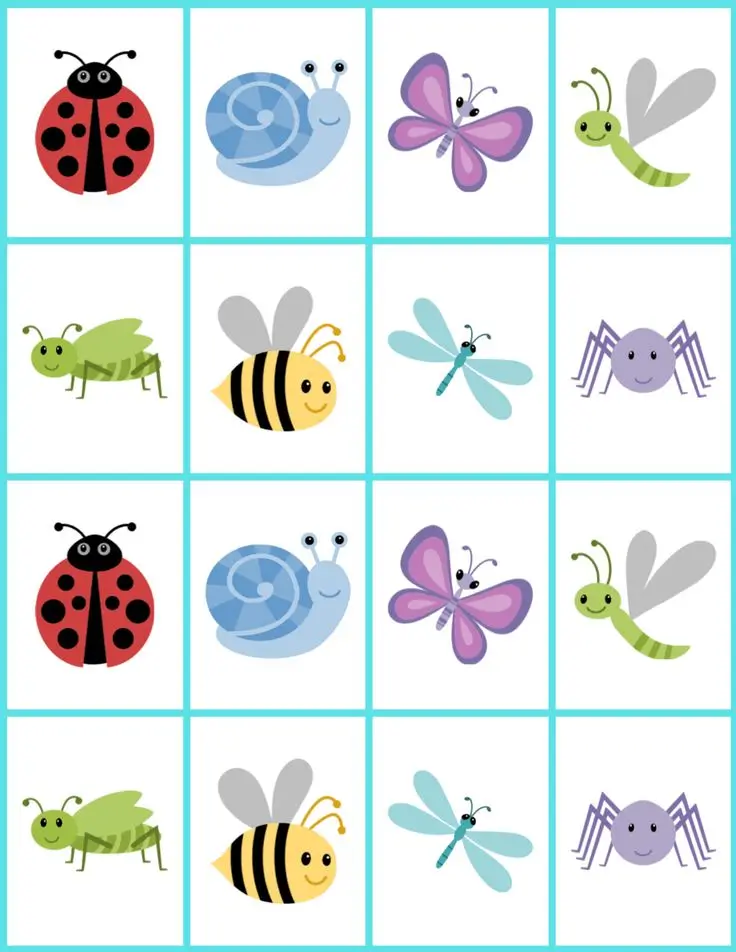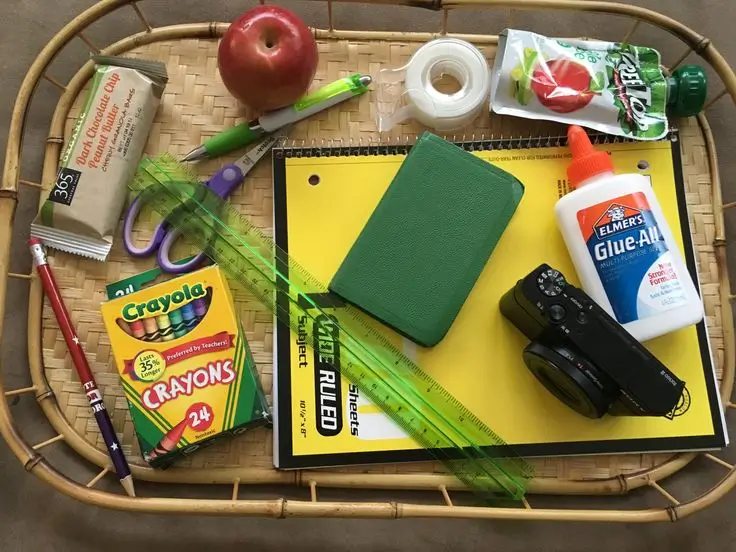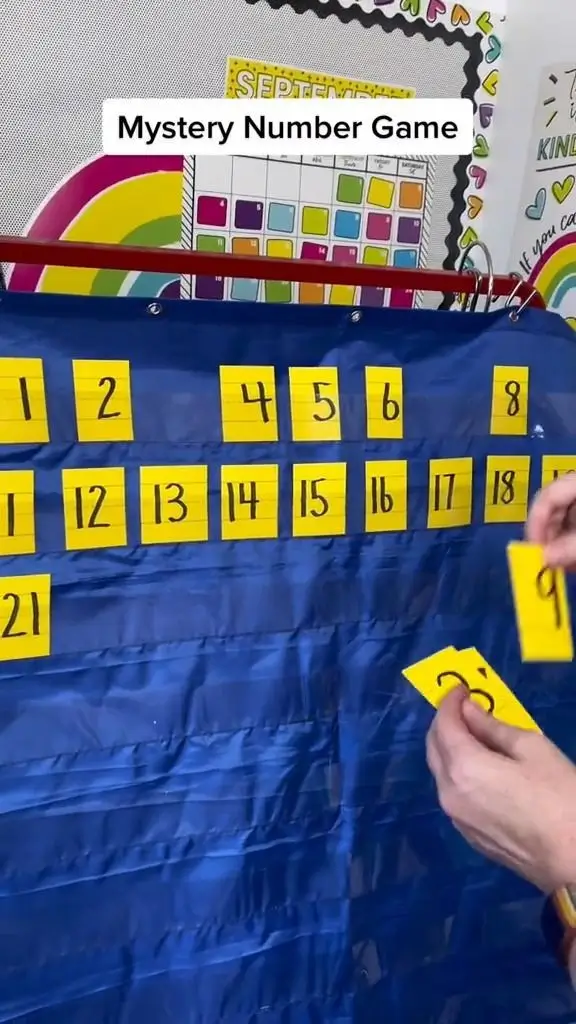Do you ever wonder how to keep kids entertained while helping them sharpen their minds? Kids are naturally curious and love a challenge. So why not channel that energy into memory games? These games are not only fun but also incredible tools for improving focus, recall, and problem-solving skills. Plus, they’re perfect for rainy days, family nights, or even quick learning breaks.
In this blog post, we’ll explore 19 exciting memory games that kids of all ages can enjoy. Whether you’re a parent, teacher, or just someone looking for engaging ways to interact with children, you’ll find plenty of creative ideas here. Let’s dive in and discover how to make learning and memory-building both entertaining and impactful!
1. Picture Matching Cards
Picture matching cards are a simple yet effective game. Lay out a set of cards face down, each with a matching pair. Players take turns flipping over two cards, trying to find a match. The player with the most pairs wins.
This game is excellent for improving visual memory and concentration. Themed cards, like animals or shapes, can make it even more appealing for kids. It’s easy to customize and suitable for all ages, making it a favorite for family game nights.

2. Memory Tray
A memory tray requires minimal setup. Arrange a few small objects on a tray and let kids observe them for a set amount of time. Cover the tray, then ask them to recall and list the items they saw.
This activity sharpens observation skills and strengthens short-term memory. You can adjust the difficulty by changing the number of items or shortening the observation time, keeping it fresh and challenging.

3. Spot the Difference
Spot the difference is perfect for kids who love a visual challenge. Present two similar pictures with subtle differences and ask kids to identify them.
This game helps improve attention to detail and visual memory. You can use printed puzzles or create your own using family photos or artwork for a personal touch.
4. Simon Says
Simon Says combines memory with physical activity. One player, Simon, gives commands like “Simon says touch your head.” Participants follow only if the command starts with “Simon says.”
This game strengthens listening skills and auditory memory. By introducing more complex commands, you can make it a fun challenge for older kids.

5. Color Sequence
A color sequence game involves showing kids a series of colored objects in a specific order. After a brief look, hide the objects and ask them to recreate the sequence.
This activity enhances pattern recognition and sequential memory. Using hands-on materials like blocks or crayons can make the game more interactive and engaging.

6. Number Repeater
Number repeater is a classic brain workout. Say a sequence of numbers aloud and have kids repeat it back. Gradually increase the length of the sequence as they improve.
This game focuses on auditory memory and helps build attention to detail. Turning it into a friendly competition can add an exciting twist.

7. Dance Routine Copycat
Dance routines combine music and movement for an engaging memory game. Perform a simple dance and have kids watch closely. Then, they try to replicate your moves.
This game promotes physical activity and rhythm while improving memory. You can use popular songs or let kids choreograph their routines to add creativity.
8. Obstacle Course Memory
Set up an obstacle course and demonstrate the sequence kids need to follow. Then, let them try it on their own, recalling the correct order.
This activity boosts spatial memory and sequencing skills. Adding fun elements like crawling under a table or hopping on one foot can make it more entertaining.

9. Follow the Leader
Follow the Leader is a timeless game. One player performs movements, such as clapping or jumping, and others must copy them exactly.
This simple game sharpens observation and imitation skills. Changing leaders often keeps everyone engaged and allows all participants to practice being both a leader and a follower.

10. I Went to the Market
This storytelling game begins with one player saying, “I went to the market and bought…” and naming an item. The next player repeats the phrase and adds another item, building a chain.
It’s a fun way to boost verbal memory and creativity. You can add themes like fruits, toys, or animals to make it even more engaging.

11. Word Chain
In this game, one player says a word, and the next player must say a word that starts with the last letter of the previous one. For example, “apple” leads to “elephant.”
Word chain enhances focus and language skills. Setting themes like foods or cities adds an educational element and keeps the game lively.

12. Alphabet Memory
Alphabet memory is ideal for young learners. Begin with a letter and a word, such as “A for Apple.” The next player continues with “B for Banana.”
This game helps with letter recognition and word association. Adding visuals like flashcards can make it a multisensory learning experience.

13. Memory Apps
Technology can offer structured memory practice through apps like Lumosity or Brainwell. These games feature interactive challenges that adapt to the user’s skill level.
Using memory apps provides kids with engaging, visually appealing activities. To maintain balance, ensure screen time is limited and purposeful.
14. Virtual Scavenger Hunt
A virtual scavenger hunt is a modern twist on a classic game. Create a list of items for kids to find during a video call or in a virtual environment.
This activity enhances memory recall while introducing digital navigation skills. Themed hunts, like “items in the kitchen,” can make it both fun and educational.

15. Nature Walk Recall
During a nature walk, point out a few notable items like a bird, a red flower, or a unique rock. Afterward, ask kids to recall what they saw.
This game combines observation with short-term memory practice. Adding a drawing or writing activity afterward can help reinforce what they’ve remembered.

16. Rock and Shell Sorting
Collect rocks or shells with unique patterns and arrange them in a specific way. Then, mix them up and challenge kids to recreate the original arrangement.
This activity sharpens visual memory and tactile skills. Adding a timer can turn it into an exciting challenge.

17. DIY Flashcards
Flashcards are versatile and easy to make. Create cards with words, numbers, or pictures and briefly show them to kids. Then, ask them to recall as many as they can.
This customizable game can be tailored to any age or interest. Involving kids in designing the cards adds a creative element and keeps them invested.

18. Story Memory Chain
Collaborative storytelling begins with one person creating the first sentence. Each subsequent player adds a sentence while remembering and building on the previous ones.
This game fosters sequential memory and creativity. Recording the story for playback can be a hilarious and memorable activity.

19. Build and Remember
Using building blocks, create a simple structure and allow kids to observe it. Then, take it apart and challenge them to recreate it from memory.
This activity improves spatial memory and attention to detail. Adding complexity with time limits or multi-colored blocks can keep the game fresh and exciting.

Conclusion: Making Memory Games a Part of Everyday Life
So, there you have it—19 memory games that are not only entertaining but also immensely beneficial for kids. These games nurture essential skills like focus, creativity, and problem-solving while fostering meaningful connections. The best part? Most of them require minimal setup and can be played anytime, anywhere.
Why not pick one or two games to try today? Your kids will thank you, and you’ll love watching their memory skills blossom. After all, learning doesn’t have to be boring. With these memory games, it’s pure fun wrapped in brainpower.